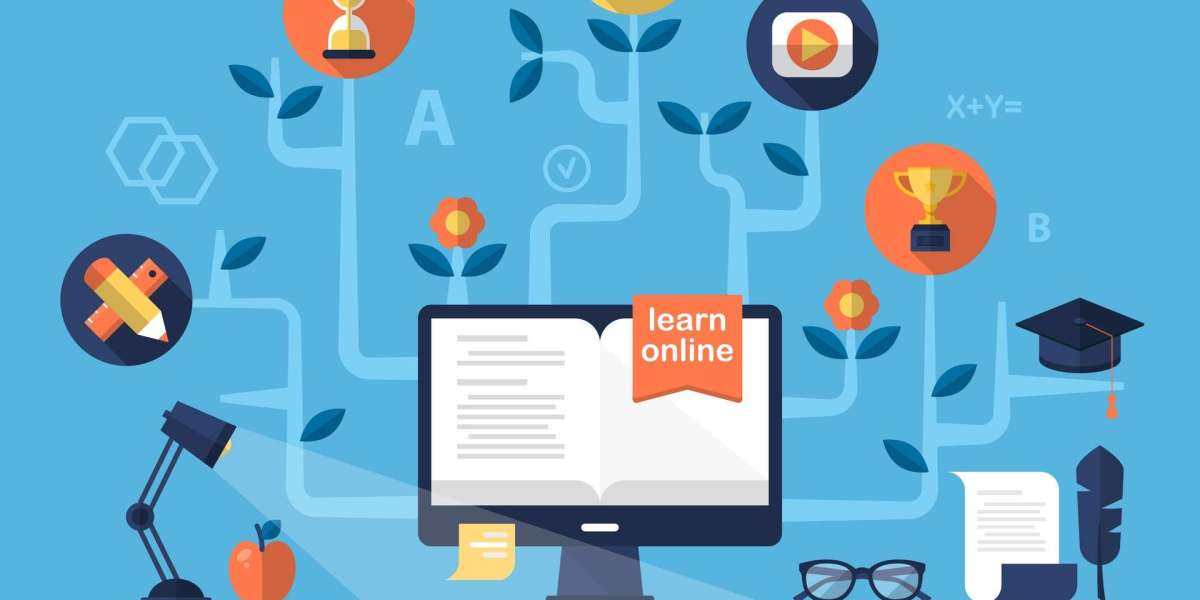Enhancing Online Learning Through Peer-to-Peer Support
Introduction: In the era of digital education, online classes have become increasingly prevalent, offering flexibility and accessibility to learners worldwide. However, the transition to virtual learning comes with its own set of challenges, one of the most prominent being the lack of face-to-face interaction. This void can impede students' ability to engage deeply with course material and can lead to feelings of isolation. Recognizing this, educators and institutions have turned to innovative solutions, one of which is leveraging peer-to-peer support within online classes.In "NURS FPX 6212 Assessment 4: Planning for Change: A Leader's Vision," nursing professionals delve into the intricate process of strategic planning within healthcare settings. Understanding the dynamics of change is essential for leaders to steer their teams towards successful outcomes. By crafting a clear vision, nursing leaders can align their teams and stakeholders toward a common goal, fostering collaboration and synergy. This assessment equips nurses with the tools to analyze organizational needs, identify areas for improvement, and develop actionable plans that prioritize patient-centered care. Emphasizing the importance of visionary leadership, the course empowers nurses to navigate complexities and drive transformative change in healthcare systems.
Understanding Online Class Peer-to-Peer Support:

Peer-to-peer support in the context of online classes involves students assisting and collaborating with one another to enhance their learning experience. It encompasses various forms of interaction, including group discussions, study groups, peer tutoring, and collaborative projects. By fostering a sense of community and shared responsibility for learning, peer-to-peer support initiatives aim to address the challenges posed by remote learning environments.
Benefits of Peer-to-Peer Support
- Enhanced Understanding: Collaborating with peers allows students to gain insights from diverse perspectives, reinforcing their comprehension of course material.
- Increased Engagement: Active participation in group discussions and study sessions fosters a sense of accountability and motivation among students, leading to higher levels of engagement.
- Social Connection: Peer-to-peer interactions mitigate feelings of isolation commonly experienced in online classes, creating a supportive learning community.
- Skill Development: Engaging in collaborative activities hones students' communication, teamwork, and leadership skills, preparing them for real-world challenges.
- Personalized Learning: Peer tutoring and mentoring enable students to receive tailored support based on their individual needs and learning styles.
Implementing Peer-to-Peer Support in Online Classes:
- In the realm of nursing education, "NURS FPX 6610 Assessment 3 Attempt 1: Transitional Care Plan" stands as a pivotal learning experience for aspiring healthcare professionals. This assessment focuses on the development of comprehensive transitional care plans, crucial for ensuring continuity of care during patient transitions between healthcare settings. By honing their skills in patient assessment, interdisciplinary collaboration, and care coordination, nursing students gain valuable insights into the complexities of transitional care management. Through evidence-based practice and patient-centered approaches, students are empowered to address the unique needs of individuals during critical phases of their healthcare journey. Delving into this assessment provides students with a deeper understanding of transitional care principles and equips them with the competencies necessary to deliver high-quality care across care transitions.
- Establishing Communication Channels: Utilize online platforms such as discussion forums, messaging apps, and video conferencing tools to facilitate peer interaction.
- Promoting Active Participation: Encourage students to initiate discussions, share resources, and organize study groups to foster a culture of collaboration.
- Providing Guidance and Resources: Equip students with the necessary tools and guidelines to effectively engage in peer-to-peer support activities, ensuring they understand their roles and responsibilities.
- Monitoring and Feedback: Regularly assess the effectiveness of peer support initiatives and solicit feedback from students to identify areas for improvement and refinement.
Case Studies:
- Virtual Study Groups: Students in an online course form study groups to review course material and discuss challenging concepts, leading to improved exam scores and a deeper understanding of the subject matter.
- Peer Tutoring Program: A university implements a peer tutoring program where advanced students mentor their peers in specific subjects, resulting in increased academic performance and student satisfaction.
- If you're feeling overwhelmed with your academic workload, consider seeking assistance with "Take My Online Economics Class" services. These services offer personalized support to students tackling the complexities of economics coursework in an online format. From understanding fundamental concepts to mastering advanced theories, expert tutors provide tailored guidance to help you succeed in your economics class. Whether you're struggling with assignments, preparing for exams, or simply seeking clarification on challenging topics, these services offer flexible solutions to accommodate your individual learning needs. By leveraging the expertise of experienced professionals, you can enhance your comprehension of economics concepts and achieve your academic goals with confidence.
Conclusion: In the digital age, peer-to-peer support has emerged as a valuable strategy for enhancing the online learning experience. By fostering collaboration, communication, and community, peer support initiatives empower students to overcome the challenges of remote learning and achieve academic success. As educators and institutions continue to adapt to the evolving landscape of online education, integrating peer-to-peer support into online classes will be essential in creating enriching and inclusive learning environments.
Incorporating peer-to-peer support into online classes can significantly enhance the learning experience by fostering collaboration, engagement, and community among students. By leveraging various forms of peer interaction, educators can create a supportive environment where students can learn from each other's diverse perspectives, develop essential skills, and overcome the challenges of remote learning.









